
www . DanYEY . co . uk
| Archive : Korea |
Seoul (서울, Hanyang, Hanseong) has been the capital of Korea since 1394. The city suffered while Korea was a colony of Japan (1910-1945), and huge damage was done in the war that followed the country's partition into Soviet and American halves. The north and south are officially still at war in 2016.
 |
||
 |
 |
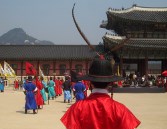 |
 |
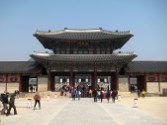 |
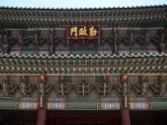 |
 |
||
| Gyeongbokgung Palace was the principal palace of the Joseon dynasty, and dates from 1395, although for 250 years of its history it was abandoned.
Moreover, many of its buildings were destroyed during the Japanese period, and the Japanese General Government Building was constructed over the most southern courtyard (including Heungnyemun). |
||
 |
 |
 |
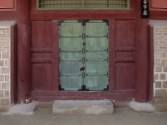 |
 |
 |
 |
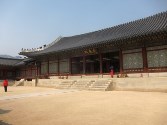 |
 |
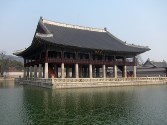 |
 |
 |
 |
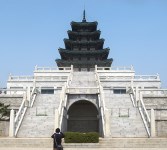 |
 |
 |
 |
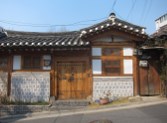 |
 |
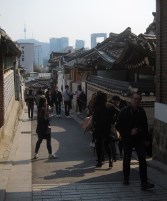 |
 |
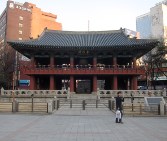 |
 |
 |
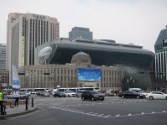 |
 |
 |
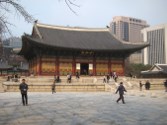 |
 |
 |
 |
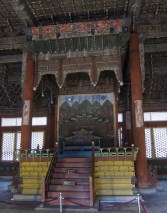 |
 |
|
Deoksugung Palace was the home of the last emperor of independent Korea, Gojong. Each throne in Korea has an irworobongdo painting behind it showing the sun, moon and five mountains. |
||
 |
 |
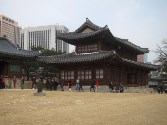 |
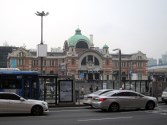 |
 |
 |
 |
||
 |
||
 |
 |
 |
 |
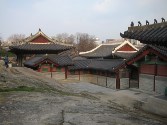 |
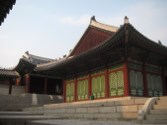 |
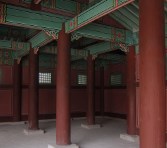 |
 |
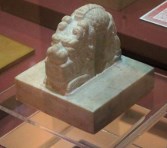 |
 |
 |
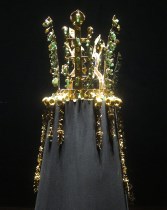 |
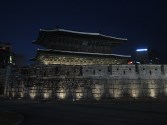 |
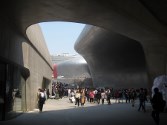 |
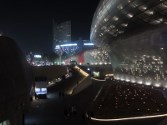 |
 |
 |
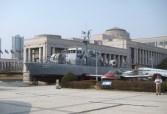 |
 |
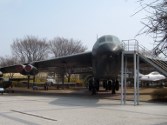 |
 |
 |
 |
 |
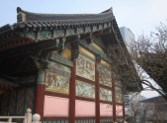 |
 |
 |
 |
 |
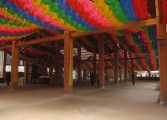 |
 |
 |
|
 |
 |
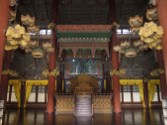 |
|
Seonjeongjeon at Changdeokgung Palace is one of the few remaining buildings in Korea which retains its blue glazed tiles. Sadly none of the reconstructions
have included them. Also notable at Changdeokgung Palace are the many chimneys (unheard of in Japan and China) which function as part of the ondol system of under-floor heating. |
||
 |
 |
 |
 |
 |
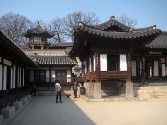 |
 |
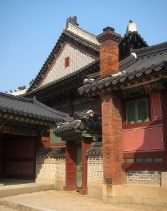 |
 |
 |
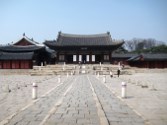 |
 |
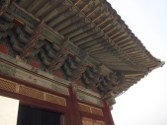 |
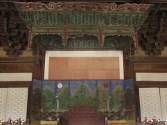 |
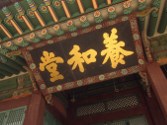 |
 |
 |
 |
 |
||
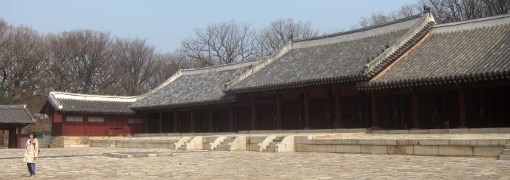 |
||
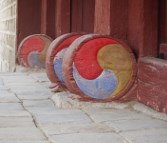 |
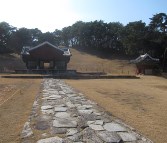 |
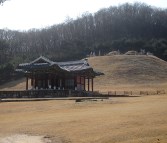 |
 |
 |
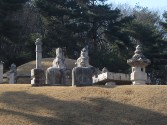 |
 |
 |
 |
 |
 |
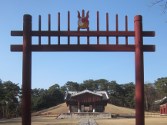 |
| In Guri, east of the centre of Seoul, one finds some tombs of the Joseon dynasty. Each consists of a burial mound, a small shrine and a hongsalmun (gate), which has its equivalents in the torii of Japan and pailou of China. | ||
 |
||
Hwaseong Fortress in Suwon (수원), makes an ideal day trip from Seoul.
 |
 |
 |
 |
 |
 |
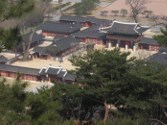 |
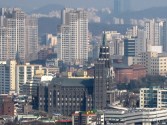 |
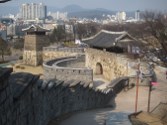 |
 |
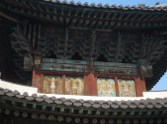 |
 |
 |
 |
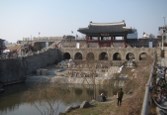 |
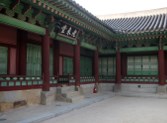 |
 |
 |